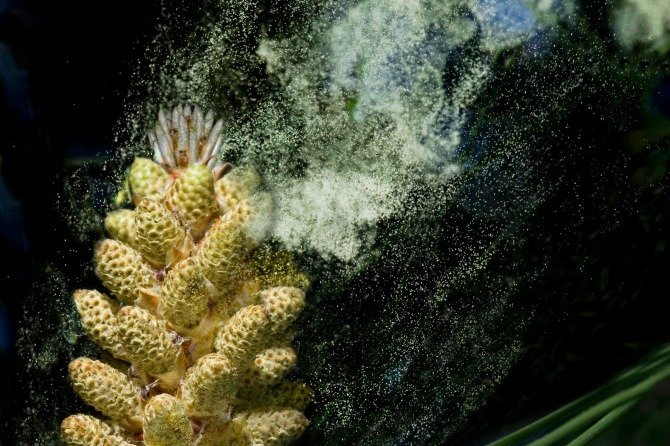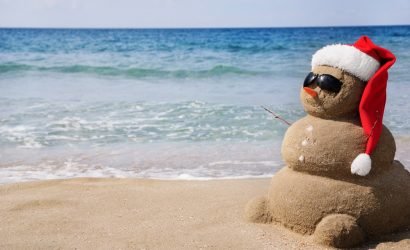After being cozied up in an air conditioned house all night, stepping out of a chilly car with the A/C blasting, or when leaving your climate-controlled office after an 8-hour shift, step outside and take a deep breath of damp, humid, salty Eastern Shore air. Within minutes, you may feel a dull headache or a congested nose.
It’s allergy season on the shore. Many people become dependent on rumored remedies and over-the-counter medications to offer relief.
“I come from a long line of drippy noses,” said Delilah Strum, a Snow Hill native. “There is a Kleenex in every pocket of every item I’ve ever owned…the Benadryl, the steroids, the sprays, the potions and concoctions.”
We live in the midst of a never-ending swirl of substances; some microscopic. When it comes to ‘seasonal’ allergies on the Eastern Shore, such a thing doesn’t really exist. Yes, some allergies become worsened during select times of the year, but on the shore, we have various trees, flowers, and molds that hang around all year long.
Seasonal release of pollen occurs as follows:
- Trees: Pollinate from February – April
- Grasses: Pollinate from April – June
- Weeds: Pollinate from August – October
Pollen counts are usually higher on dry, hot days or windy days and during the morning, between 5 and 10 am. Pollen amounts decrease during rain.
Seeing as much of the Eastern Shore is currently in or headed towards drought levels, pollen and allergen levels have been soaring.
“It’s official. I’m allergic to Ocean Pines,” said Pines local, Kasey Briggs as a conversation about allergies and yellow clouds of pollen forming on vehicles, roofs, and streets moved forward.

Most allergy symptoms mirror that of a cold. Allergies to our environment could have symptoms like a runny nose, nasal stuffiness, and sinus drainage. Itchy, runny eyes and itching or tingling sensations of the throat are characteristic of allergies, too. Some allergy sufferers have reactions so badly those scaly rashes in the creases of the skin, wrists, and ankles can occur and coughing, wheezing, and difficulty breathing may ensue.
The best bet for avoiding mass amounts of pollens from trees, grasses, weeds, or mold? Control your environment…
- Keep windows and doors closed during high pollen periods
- Use air conditioning
- Keep pets outside or bathe them frequently
- Use room sized HEPA filters
- Avoid yard work when possible
- Avoid outdoor activities (especially during peak hours)
- Use masks
- Shower after outdoor activities
Unfortunately, many of the individuals who suffer the worst from allergies are the ones who adore nature, work outside, or are exposed to allergens often.
“Every year, I spend a couple of months coughing and sputtering after microscopic bits of pollen lodge in my throat. My friends commiserate. Many of them have tales of epic sneezing fits and long odysseys involving special diets and mysterious concoctions in their quests for relief,” said Caitlyn Black, another Ocean Piner.
Keeping a balanced mind and body is a constant challenge. Local Ear, Nose, and Throat (ENT) doctors as well as allergy doctors are committed to providing the highest quality health care to provide patients an effective allergy treatment plan. ENT doctors try their best to find allergen plans that work well for their patients. Each plan is tailored specifically to each patient and targeted to make life easier while coping with allergies.
Pollen from weeds is ranking highest on the allergen scales currently. Grass and tree pollens are moderately high as well. Weather.com offers an easy-to-use allergy forecast outlook. Just plug in a zip code, hit ‘Search’, and local allergy outlooks appear.
Use an allergy forecast to determine your plans for the day. Stay inside in a controlled environment or run amuck outside enjoying the Eastern Shore weather?
Do you suffer from allergies on the shore? If so, offer other ShoreBread readers your allergen-fighting tips in the comments area below.








